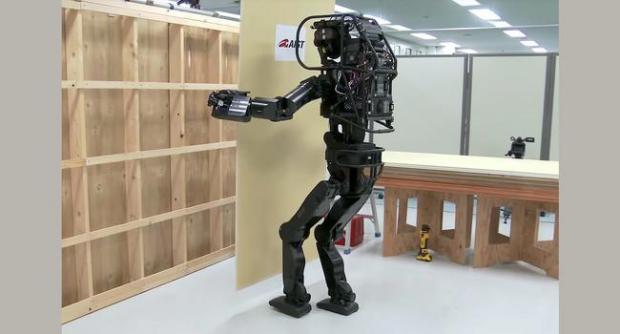
Breaking News
 How To Become Competent, Confident, and Dangerous, with guest Doug Casey
How To Become Competent, Confident, and Dangerous, with guest Doug Casey
 My Hot Take On Bill Gates' Climate Change Essay | Alex Epstein #457 | The Way I Heard It
My Hot Take On Bill Gates' Climate Change Essay | Alex Epstein #457 | The Way I Heard It
 Discussion on Covid Vaccination Should Be Non-Controversial
Discussion on Covid Vaccination Should Be Non-Controversial
Top Tech News
 HUGE 32kWh LiFePO4 DIY Battery w/ 628Ah Cells! 90 Minute Build
HUGE 32kWh LiFePO4 DIY Battery w/ 628Ah Cells! 90 Minute Build
 What Has Bitcoin Become 17 Years After Satoshi Nakamoto Published The Whitepaper?
What Has Bitcoin Become 17 Years After Satoshi Nakamoto Published The Whitepaper?
 Japan just injected artificial blood into a human. No blood type needed. No refrigeration.
Japan just injected artificial blood into a human. No blood type needed. No refrigeration.
 The 6 Best LLM Tools To Run Models Locally
The 6 Best LLM Tools To Run Models Locally
 Testing My First Sodium-Ion Solar Battery
Testing My First Sodium-Ion Solar Battery
 A man once paralyzed from the waist down now stands on his own, not with machines or wires,...
A man once paralyzed from the waist down now stands on his own, not with machines or wires,...
 Review: Thumb-sized thermal camera turns your phone into a smart tool
Review: Thumb-sized thermal camera turns your phone into a smart tool
 Army To Bring Nuclear Microreactors To Its Bases By 2028
Army To Bring Nuclear Microreactors To Its Bases By 2028
 Nissan Says It's On Track For Solid-State Batteries That Double EV Range By 2028
Nissan Says It's On Track For Solid-State Batteries That Double EV Range By 2028
Meet The "Heavy Labor" Humanoid Robot Set To Revolutionize Construction

Standing just under 6-feet tall and clocking in at 222 lbs, the HRP-5P has "unsurpassed physical capabilities," according to Phys.org, and is fitted with an array of sensors in order to fully assess its environment to perform various tasks.
In one demonstration, the HRP-5P shows of its skills grabbing standard 77 lb. boards of drywall typically used in construction.
In order to complete the task, the robot must:
Generate a 3-D map of the surrounding environment, detect objects, and approach the workbench.
Lean against the workbench, slide one of the stacked gypsum boards to separate it, and then lift it.
While recognizing the surrounding environment, carry the gypsum board to the wall.
Lower the gypsum board and stand it against the wall.
Using high-precision AR markers, recognize and pick up a tool.
Holding a furring strip to keep HRP-5P itself steady, screw the gypsum board into the wall.
Aside from construction, AIST's robot has compelling applications at aircraft facilities, shipyards or any other environment in which heavy things need to be lifted or manipulated - particularly in hazardous environments.

 Dark Tidings
Dark Tidings Carbon based computers that run on iron
Carbon based computers that run on iron

